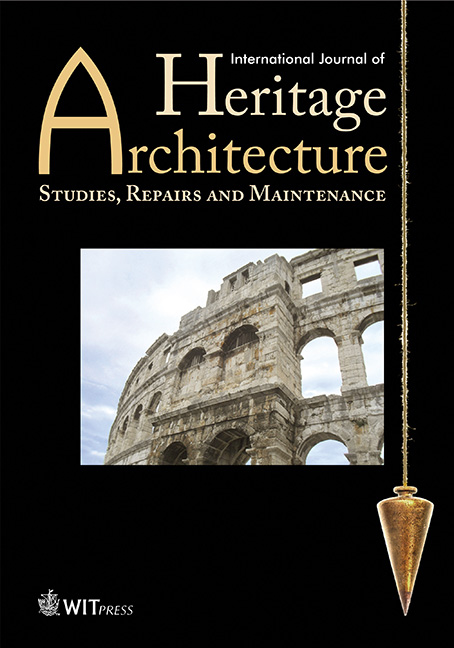A preliminary study on shear capacity of historical reinforced concrete beams
Price
Free (open access)
Volume
Volume 1 (2017), Issue 4
Pages
15
Page Range
608 - 623
Paper DOI
10.2495/HA-V1-N4-608-623
Copyright
WIT Press
Author(s)
F. PALMISANO
Abstract
In European cities there are many reinforced concrete (RC) constructions belonging to the early 20th century and, in most cases, these pieces of work so rich in historical, architectural and cultural significance urgently require maintenance and restoration.
Reinforced concrete works, from the origins until the release of the first technical standards, were built by applying patented systems (e.g. Monnier’s, Hennebique’s) that were often the result of individual intuitions more than scientific and technical knowledge. This is one of the reasons that many of the structures built in those years, and still surviving, could not be considered reliable with regard to the structural safety, as it is presently intended.
In this scenario, the evaluation of RC beam shear capacity becomes crucial. In this article, analysing the tests carried out in Stuttgart in the early 20th century, a preliminary study on the shear capacity assessment of historical RC beams is presented. The aim is to verify the applicability to these kinds of beams of the relations given for new constructions in the present codes. Moreover a novel formulation for the transversal shear capacity for historical RC beams with U-shaped plates is proposed.
Keywords
Load Path Method, reinforced concrete, shear capacity, Strut-and-Tie Model




